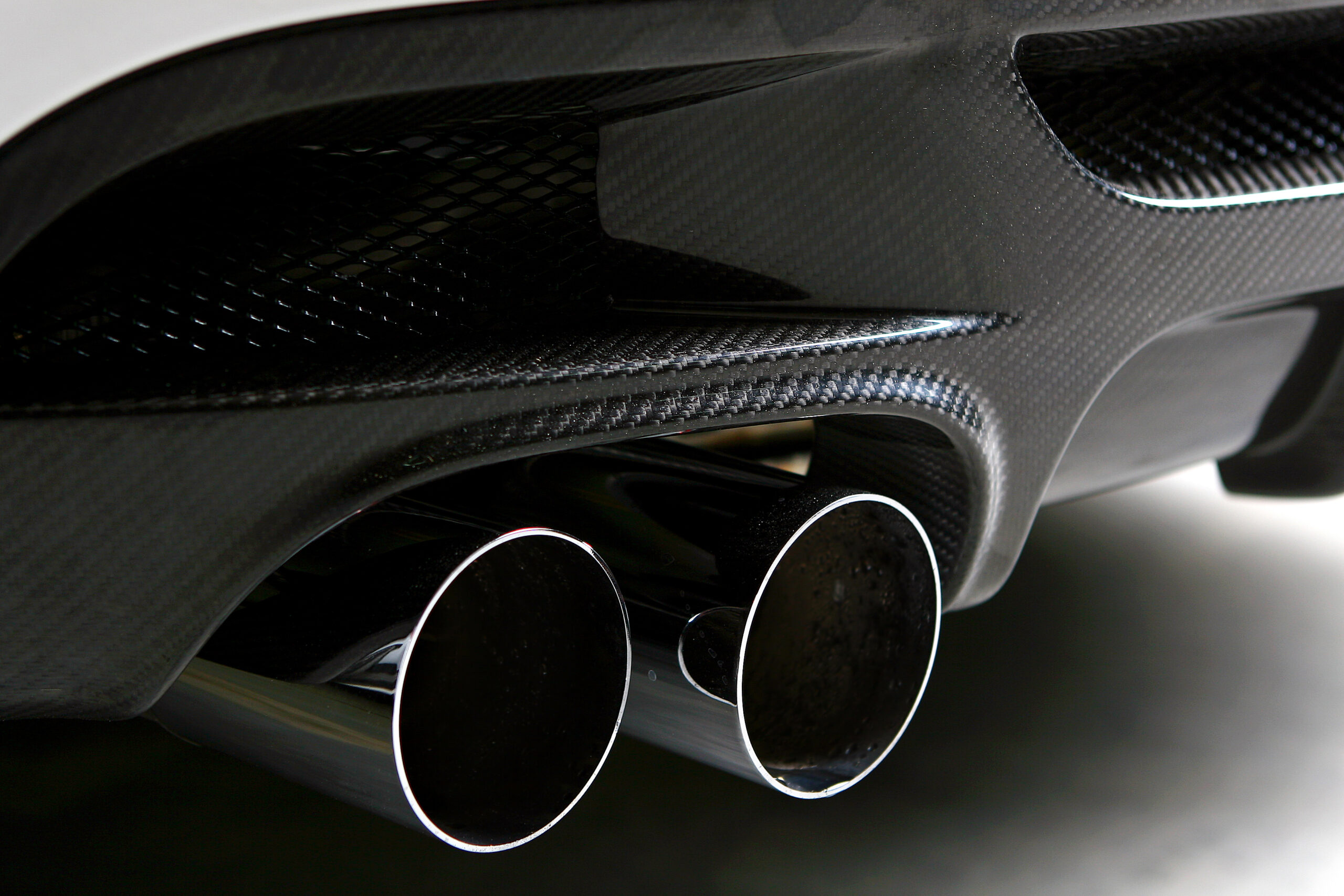When buying a second-hand car in South Africa, it is crucial to pay attention to the condition of the exhaust system and emissions. The exhaust system plays a vital role in a vehicle’s performance and environmental impact. Understanding what to look out for in these areas can help you make an informed decision and ensure compliance with South Africa’s emission regulations. In this article, we will highlight key aspects to consider when evaluating the exhaust system and emissions of a second-hand car in South Africa.
- Visual Inspection:
Start by visually inspecting the exhaust system. Look for signs of rust, corrosion, or damage to the exhaust pipes, muffler, and catalytic converter. Ensure that all components are securely attached and there are no visible leaks or loose connections.
- Exhaust Smoke:
Examine the exhaust smoke during a test drive. Different colors of smoke can indicate specific issues:
a. Blue Smoke: Blue smoke typically indicates burning oil, which could be a sign of engine problems, such as worn piston rings or valve seals. Excessive blue smoke should raise concerns.
b. White Smoke: White smoke, especially if thick and lingering, may indicate a coolant leak, which could be a sign of a blown head gasket or other cooling system issues. White smoke is a significant cause for concern.
c. Black Smoke: Black smoke suggests an excessively rich fuel mixture, often caused by a malfunctioning fuel injection system or faulty sensors. While some black smoke during heavy acceleration is normal, consistent black smoke should be investigated further.
- Emission Test:
Consider conducting an emission test, especially for older vehicles. An emission test measures the levels of pollutants released by the vehicle, ensuring compliance with South Africa’s emission standards.
In South Africa, certain provinces, such as Gauteng, require roadworthy tests, including emission testing, during vehicle licensing. However, even if it is not mandatory in your area, voluntarily conducting an emission test can provide valuable information about the vehicle’s environmental impact.
- Catalytic Converter:
The catalytic converter plays a crucial role in reducing harmful emissions. Ensure that the vehicle has a functioning catalytic converter, as its absence or failure can result in increased pollution and potential legal issues.
- Maintenance and Service History:
Review the vehicle’s maintenance and service history. Regular servicing indicates that the previous owner(s) have taken care of the car, including the exhaust system. It also suggests a higher likelihood of compliance with emission regulations.
- Legal Compliance:
Familiarize yourself with South Africa’s emission standards and regulations, which specify the acceptable emission levels for different vehicle types. Ensure that the second-hand car meets these requirements to avoid potential legal issues and to contribute to a cleaner environment.
When purchasing a second-hand car in South Africa, evaluating the exhaust system and emissions is crucial for both vehicle performance and environmental impact. Conduct a visual inspection, pay attention to exhaust smoke, consider an emission test, and ensure the presence and functionality of the catalytic converter. Review the vehicle’s maintenance and service history to gauge its overall care and compliance with emission standards. By assessing these factors, you can make an informed decision and contribute to a greener and more sustainable transportation landscape in South Africa.











